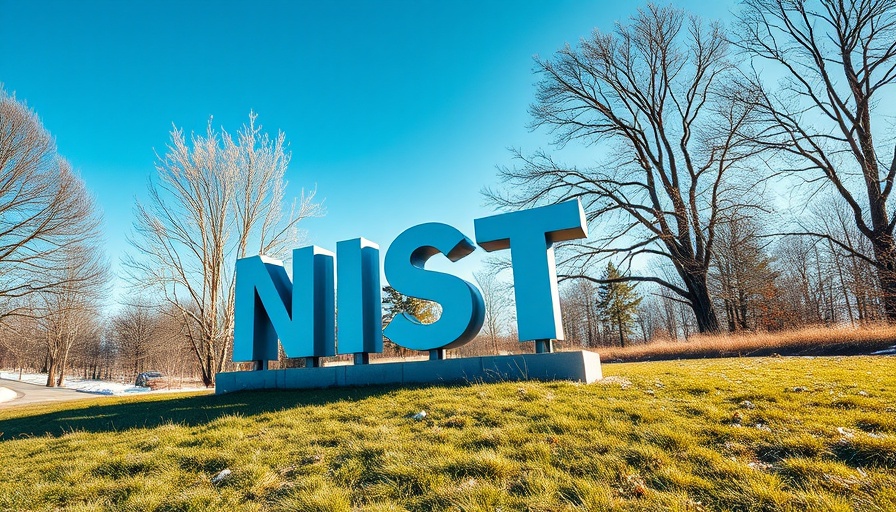
Massive Layoffs Loom at NIST: What It Means for the Future
In a startling turn of events, the National Institute of Standards and Technology (NIST) is preparing for a significant reduction in workforce that could see approximately 500 employees, including several leadership roles, facing layoffs. This move, orchestrated under the Department of Government Efficiency (DOGE) pushed by the Trump administration, comes amid sweeping budget cuts in the federal government.
NIST is vital for ensuring that products and technologies — from consumer goods to groundbreaking quantum systems — meet safety and quality standards. The anticipated layoffs will disproportionately impact recent hires still in their probationary periods, especially within the U.S. AI Safety Institute (AISI), which was previously established to oversee AI advancements and security.
Understanding the AI Safety Institute’s Role
The recent cuts have raised alarms, particularly regarding the AISI, which plays a crucial role in monitoring the development of artificial intelligence technologies. Despite being created in response to the urgent need for AI guidelines, the institute now faces an uncertain future as top staff begin to leave. These ongoing developments undermine crucial efforts to set comprehensive AI safety standards at a time when the industry is rapidly evolving.
Political Fallout and Industry Reaction
The layoffs have incited backlash from both industry leaders and policymakers. Critics argue that dismantling NIST’s role will stall innovation and weaken U.S. standing in the global tech scene. Representative Jake Auchincloss emphasizes that cutting funding from NIST is counterproductive, potentially slowing down economic growth and technological resilience. Experts warn that these measures could give a competitive edge to rivals abroad, particularly China, impacting national security.
What Lies Ahead for NIST
As NIST braces for what could be a historic restructuring, the agency’s implications reach beyond the immediate job losses. The future capacity for the U.S. to navigate technological frontiers safely and effectively hangs in the balance. Stakeholders are urged to engage in dialogue surrounding these cuts to protect the integrity of crucial safety oversight.
For those in the tech industry and beyond, the developments at NIST warrant close attention—not just for understanding the shifting landscape but also for grasping how these changes might affect safety and innovation standards moving forward.
 Add Row
Add Row  Add
Add 
 Add Element
Add Element 

Write A Comment